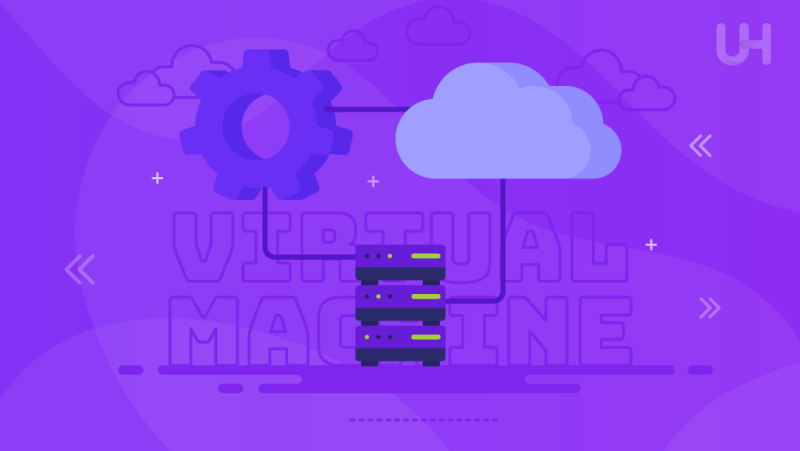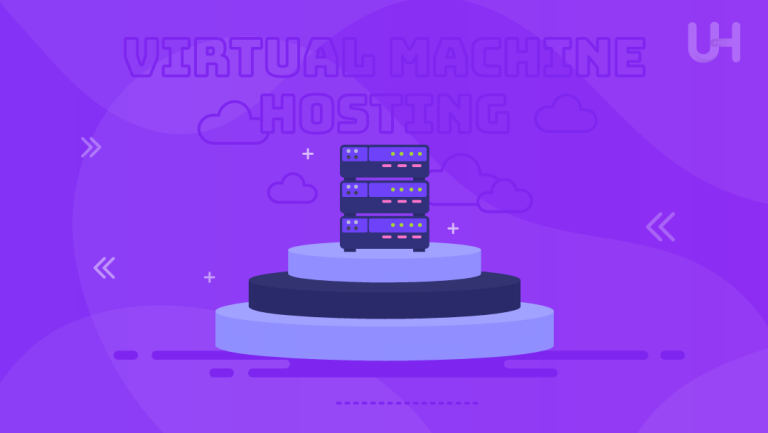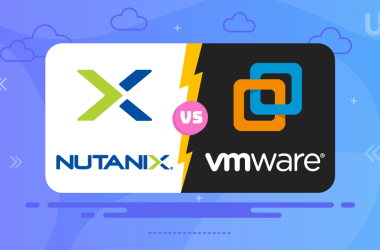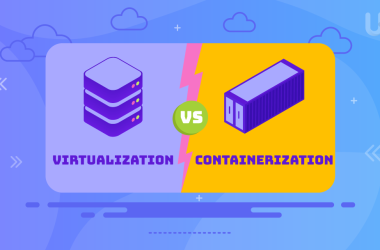Virtualization is a game-changing approach to reusing hardware in modern computing. A virtual machine that allows the encapsulation of an entire operating system inside of the software is of the utmost importance. Understanding virtual machines and how they work is crucial to deciphering everything about them.
In this article, we provide insights into how virtual machines operate by discussing the types, mechanisms, hypervisors, and the benefits they offer.
What is a Virtual Machine?
A virtual machine is a computing resource that depends on software rather than a physical computer for running and installing applications and programs. Specifically, multiple virtual machines, referred to as “guest,” run and operate within one “host” machine. Each machine runs on its own operating system; as such, each of the virtual systems functions in isolation from another machine. This feature implies that, for example, a virtual environment of MacOS can run on a PC.
There are many use cases for virtual machines across on-premises and the cloud. For example, virtual machines have recently found applications in public cloud services. Currently, they provide virtual resources for applications to multiple users at a time, which saves time and costs.
Types of Virtual Machines
Virtual machines perform various tasks depending upon the type of VM hosting employed. They can be categorized broadly into two groups:
- Process virtual machine: These VMs facilitate the execution of specific tools as if they were native to the system or inherently integrated. For instance, a Windows-based host computer could utilize a Java virtual machine to operate Java applications. Process virtual machines establish a platform-agnostic program environment by concealing details about the host’s hardware and operating system.
- System virtual machine: Emulating an entire operating system while sharing access to the physical attributes of the host, such as RAM and storage, characterizes a system VM. System VMs enable a Windows PC to simulate a Mac computer by running MacOS. A system platform can allocate the physical resources of a host among multiple VMs, each possessing its own instance of the operating system.
How Does Virtual Machine Work?
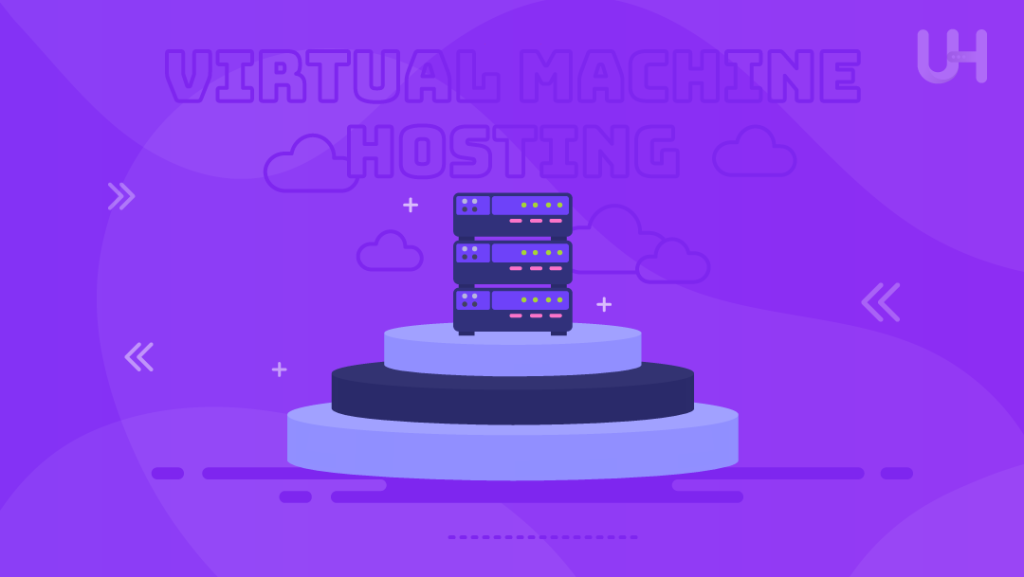
A virtual machine (VM) is like a computer made inside a regular server. This server has all the usual computer parts, such as CPU cores, a motherboard, memory (RAM), storage disks, and even a graphics processor (GPU). The server might have an operating system (OS) already installed or work directly with a special hypervisor software that helps manage the VMs without needing an OS.
The hypervisor is the software that makes virtualization possible. It helps create, run, and manage VMs and the resources they share on the physical server. With the help of the hypervisor, one physical machine can host many virtual machines.
When an IT professional wants to create a new VM, they use the hypervisor to do it. They can decide how much of the physical resources, like CPU power and memory, each VM gets. The hypervisor also monitors how these resources are being used and ensures that each VM stays separate from the others. Each VM has its own operating system, and the hypervisor makes it possible.
In a virtual world, it’s easy to adjust how much of the server’s power each VM gets. This way, the hypervisor can make lots of virtual machines on just one physical server. Each VM is like its own little computer, complete with its own operating system and a share of the actual server’s resources.
Types Of Hypervisors
Hypervisors don’t require any hardware components to function. However, the system they are running on must have the proper resources to support VMs and the host’s operations. Hypervisors can be categorized into the following two types:
- Type 1 hypervisors, commonly known as bare-metal hypervisors, run directly on the physical host machine and have unrestricted access to the hardware resources. These hypervisors are usually installed on bare-metal servers and differ from type 2 in efficiency and performance. Since nothing lies between the Type 1 hypervisor and host server hardware, it is more efficient in operation. Some of the virtualization tasks suitable for this type of hypervisor are server, desktop, and application virtualization. Some examples include Microsoft Hyper-V and VMware ESXi.
- Type 2 hypervisors, also identified as hosted hypervisors, settle on the Host Operating system, which interacts with hardware resources. They function at the system’s end-user level based on the type of hypervisor employed by end-users. However, type 2 hypervisors are also used for various specific purposes, including testing applications in an isolated environment, application development, and others. Some examples include VMware Workstation and Oracle VirtualBox.
Experience A New Way To Virtualization With UltaHost!
Looking for the most affordable and efficient way to rent a VM server? UltaHost allows you to host your VMs quickly and affordably with a VPS Server. Our worldwide Windows and Linux virtual machines offer seamless performance and reliability.
Benefits of Virtual Machines
The benefits attributed to the use of virtual machines meet the growing requirements of businesses, regardless of industry. The most obvious advantage is that virtual machines do not need other hardware components; instead, they only use existing resources. This means that businesses can run several machines without needing a lot of physical space with servers or purchasing extra physical components that would offer many benefits. Some other benefits are highlighted below:
Efficient Resource Utilization
By creating numerous VMs from a single physical server, resource utilization can be maximized through virtualization. At times, most applications only use part of the existing physical resources. With VM provisioning, firms can divide resources and ensure that many applications that rely on different VMs use them to full capacity. This not only ensures that no resources are wasted on a specific application but also allows the system to do over the overall performance.
Enhanced Security
Isolation of virtual machines from the host servers and other VMs is a crucial element of virtualization. Once that is achieved, each virtual machine operates in isolation, creating a secure sandbox that protects a VM system from security threats, either from other VMs or the host’s computer. The platform is designed to isolate a security threat to a single VM. This protects the other VMs and ensures minimal potential risks and damages to applications and sensitive data.
Portability
The most important thing to consider is that virtual machines are massively portable. They can quickly move between physical servers and even various computing platforms. Cold migration implies that virtual machines are turned off temporarily, while hot migration involves moving them while running. As a result, businesses may quickly move between their premises and the cloud or migrate from and to a different cloud vendor. Consequently, data center consolidation, technology implementation projects, and business operations will all still speed up.
IaaS cloud
Virtual machines are a vital component of the infrastructure-as-a-service model in the field of cloud computing. IaaS service operators enable companies to obtain computing resources on demand to scale their infrastructure according to the changing needs of their operations. Employing VMs under IaaS environments may help businesses rapidly deploy and control virtualized working loads. It also maximizes resource usage and substantially reduces the time needed to launch new programs.
Cost-efficient
Virtualization saves money by running both internal and external resources more efficiently. By running many servers on one device, businesses save money on server room, cooling, power consumption, and hardware that would otherwise be wasted. Furthermore, VMs can be used to optimize storage and memory usage, eliminating the need to invest in costly hardware upgrades and extensions.
Scalability
Virtual machines provide unmatched scalability that allows businesses to swiftly and affordably scale infrastructure in line with changing demands. Users can create new VMs in the blink of an eye and clone or scale up/down existing VMs when workloads shift. Scalability makes it easy to adjust to evolving market conditions, support growth aspirations, and remain competitive in today’s business environment.
Conclusion
To conclude, virtual machines or VMs are an integral part of modern computing as they ensure efficient use of resources, increase cybersecurity and provide adaptability. In order to maintain a competitive edge and understand the outside world, one should be aware of what VMs are and how they are used. VM is built on cost optimization, allows you to grow quickly when you need it and helps spur innovation. Even now, with the development and improvement of KVM, VM remains the future of modern computing.
Get unparalleled performance and reliability for your online ventures with UltaHost’s KVM VPS hosting services. Keep your servers running quickly, steadily, and with guaranteed uptime! Experience innovation today!
FAQ
What is an online virtual machine?
An online virtual machine, accessed through the cloud, allows remote management of virtual resources, ensuring flexibility and scalability for diverse computing needs.
How do I create a virtual machine?
Creating a virtual machine involves using virtualization software like VMware or VirtualBox to configure settings such as the operating system, memory, and storage.
Can I run multiple virtual machines on one physical server?
Yes, virtualization technology allows multiple virtual machines to operate independently on a single physical server, running different operating systems and applications simultaneously.
Is it safe to run virtual machines?
Virtual machines provide isolation between the host system and each VM, enhancing security. However, updating VM software and guest operating systems is crucial for maintaining security.
Can I migrate virtual machines between different hosts?
Yes, using methods like live migration or cold migration, depending on the platform. Live migration reduces downtime, while cold migration briefly stops the VM.





